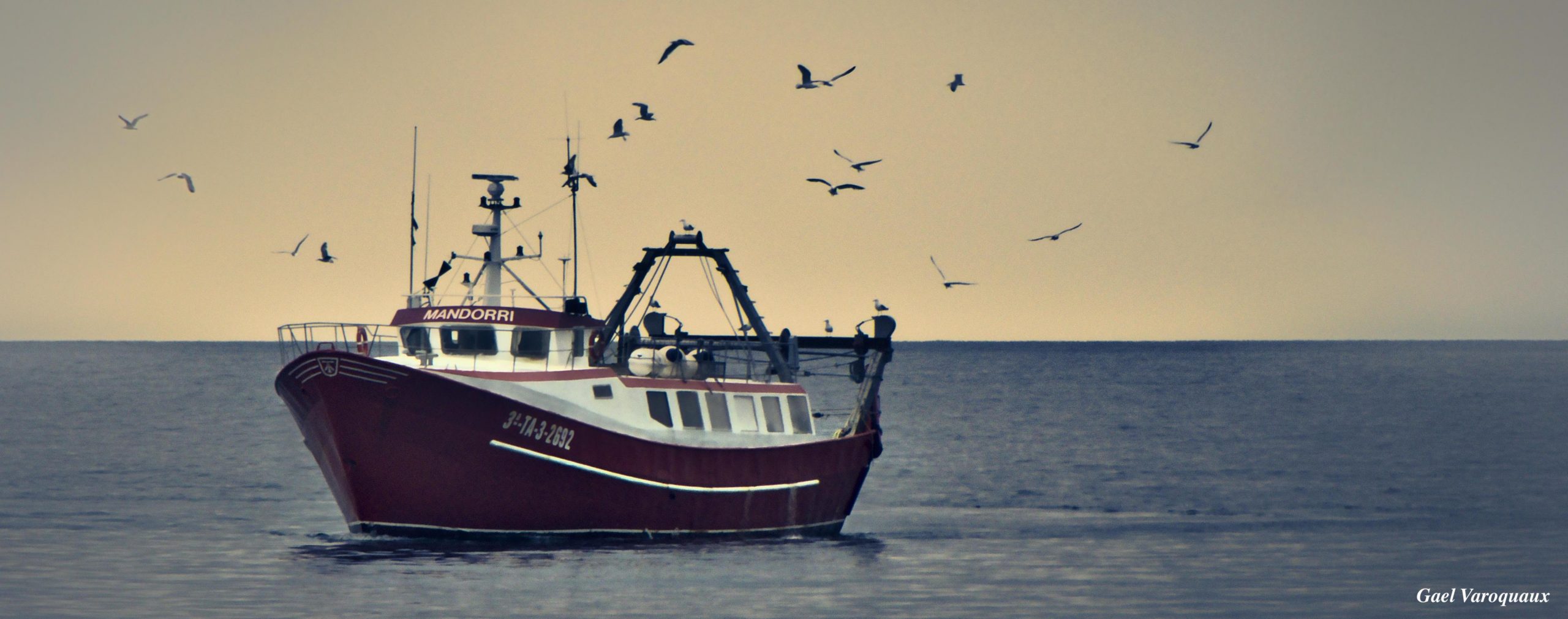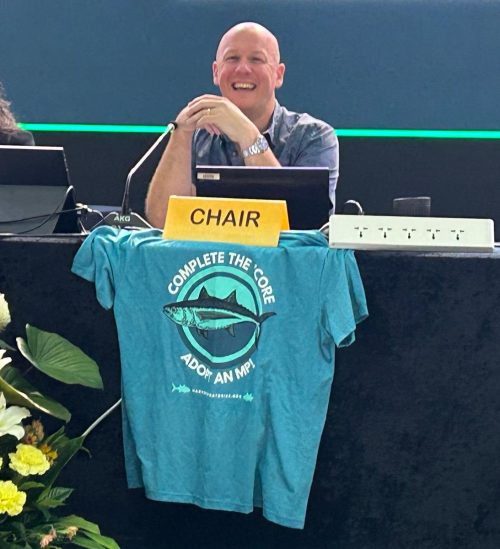
Reference points are benchmarks used to compare the current status of a fishery management system against a desirable (or undesirable) state. When matched to the management objectives for a fishery, they can be used to assess progress toward meeting those objectives.
Generally, TRPs and LRPs are divided into two categories: fishing mortality-based (F-based) and biomass-based (B-based). One key question that managers face is whether to use F-based and/or B-based reference points when setting targets and limits. Oftentimes, the answer is to use both because each has its pros and cons, as is further clarified below.
.
VS.
FACTSHEET: Reference Points; Language Options: Español 🇪🇸 • Français 🇫🇷 • 日本 🇯🇵 • ไทย 🇹🇭
Big news from the Pacific! 🎉
The Western and Central Pacific Fisheries Commission (WCPFC) adopted a management procedure for South Pacific Albacore last week! Read our latest blog to learn about this milestone and what’s in store at the WCPFC in 2026:
Our new blog post covers the ups and downs of this year's just-wrapped ICCAT annual meeting - from a new management procedure for W Atlantic skipjack to a higher-than-advised TAC for Atlantic bluefin tuna in the west. Read more here:
https://tinyurl.com/4rv4yusu
The GFCM has adopted 2025’s first international #harveststrategy, choosing a precautionary, science-based rule for blackspot seabream in the Alboran Sea. With the stock at only ~5% of unfished levels, this is a key step toward recovery and sustainability:

December 12, 2025
HarvestStrategies.org serves as a resource for fisheries scientists, managers, and other stakeholders, compiling information about how harvest strategies work and how implementing this pioneering management approach can lead to sustainable, profitable fisheries and successful recovery programs for many species around the world. The site is managed by The Ocean Foundation’s International Fisheries Conservation Project with support from The Pew Charitable Trusts and the Common Oceans Tuna Fisheries Project, which is funded by GEF and implemented by FAO.
| Status | Description |
|---|---|
| This item has been adopted | |
| This item is in development | |
| This item is behind / stalled | |
| This item has not been started yet |